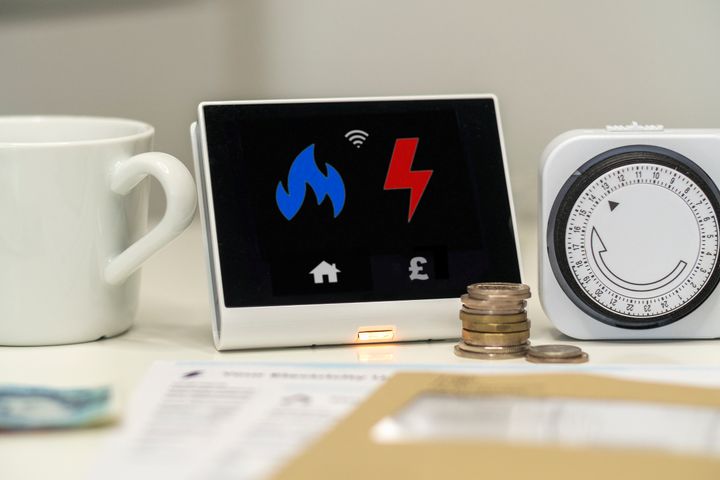
Ofgem announced on Thursday that it would be hiking the energy price cap by 5% in January, taking the typical total amount to £1,928.
It is yet another sign that the financial hardships many households have endured for more than a year now is only expected to continue.
In October 2021, the average household paid £1,400 annually for energy.
It’s also a little controversial as many energy companies have revealed very high profits amid the ongoing cost of living crisis.
Here’s why the energy regulator made the decision and what that means for you and your bills.
What is the energy price cap?
This is the maximum amount energy suppliers can charge you for every unit of energy you use on a standard variable tariff (that’s the default one).
That cap applies to a typical household in England, Scotland and Wales that uses gas and electricity and pays via direct debit.
However, it does not limit how much you have to pay in total.
It just means energy suppliers cannot charge you over a set value for each unit of electricity or gas, or increase the standing charge beyond a certain threshold.
The total amount presented in the energy price cap is just based on the typical household usage – your individual bill could be completely different.
The amount you pay as a household depends on actual household usage, where you live, your metre, and how you pay.
How is changing?
Ofgem will be changing the energy price cap to £1,928 a year for the next three-month period – between January 1 and March 31.
Between October 1 and December 31, the cap has been at £1,834 – so this means there will be an overall increase of £94, or 5%.
That means for electricity, energy price per unit goes from 27.35 pence per kWh to 28.63 pence per kWh.
For gas, it has increased from 6.89 pence per kWh to 7.42 pence per kWh.
There has been a 0.02 pence drop in the daily standing charge – the cost you pay even when you don’t use fuel at all for the day, just for having your home connected to the grid – for both gas and electricity, though.
However, standing charges remain very high. The average direct debit households will pay £303 a year before they even use any gas or electricity.
From January to March, electricity’s daily standing charge will be at 53.35 pence, and gas at 29.60 pence.

Why is it changing?
The upcoming hike comes after several months of decline for the energy price cap.
This increase can be linked to costs going up in the international wholesale energy market.
And the rise in prices on the energy market can be traced back to the war in Ukraine.
The conflict turned a growing energy problem into a full-blown crisis when it broke out in 2022, as the West stopped using Russia’s cheap energy exports.
The war is currently in its 21st month and there’s no substantial sign of it letting up anytime soon.
Ofgem chief executive Jonathan Brearley said: “This is a difficult time for many people, and any increase in bills will be worrying.
“But this rise – around the levels we saw in August – is a result of the wholesale cost of gas and electricity rising, which needs to be reflected in the price that we all pay.
“We are also seeing the return of choice to the market, which is a positive sign and customers could benefit from shopping around with a range of tariffs now available offering the security of a fixed rate or a more flexible deal that tracks below the price cap.
“People should weigh up all the information, seek independent advice from trusted sources and consider what is most important for them whether that’s the lowest price or the security of a fixed deal.”
Ofgem has also launched a public review on the standing charges and asked bill payers, suppliers, charities and consumer groups for their views on alternative system.
What happens next?
This doesn’t mean the price cap will stay at this rate for 2024 though, as the regulators review it every three months. The next change will be announced in February, to be implemented in April.
According to MoneySavingExpert’s website, prices are expected to drop 6% by April to £1,816, and another 1% to £1,793 in July.